28 Feb Visiting Chiang Dao from Chiang Mai, Thailand
Chiang Mai is one of my favourite cities in the world. I kid you not, I have been to Chiang Mai for 3 years in a row during the winter season. Its when it starts to get rosy cold in north Thailand. And it’s not just because Chiang Mai provides a break and respite from the heat in this tropical country. But because it is just another side of Thailand that you’d never think exists.
So this time as we revisited Chiang Mai, I started looking out for places that are offbeat and out of regular routes. Chiang Dao was a great discovery. Chiang Dao will take you far into the countryside. It will even give you the option of digital detoxification (networks vanish on the way).
We will talk more about what Chiang Dao offers. But before that, If you are visiting Chiang Mai, make sure you read our detailed articles on Chiang Mai for first-time travellers and for offbeat places to visit in Chiang Mai.
Here is my complete guide on how to visit Chiang Dao and what to do there.
Where is Chiang Dao
Chiang Dao is a district inside the province of Chiang Mai located around 70km north by road. It takes approximately 1.5 hours to make the journey if you don’t stop at any places in between.
While you will often hear people talking about the trip to Chiang Dao as a whole, the main tourist attractions lie in the area around the Chiang Dao mountain, which is visible from miles around.
Why visit Chiang Dao
You need to visit Chiang Dao (the mountain area) because of its scenic beauty. If you decide to climb up to the range (by bike or car), you have the option to stay at one of the remote huts in the area. Since there is hardly any connectivity, I think it gives a chance for digital detoxification and a soulful rural experience of Thailand.
There is another important reason too. Dao directly translates to ‘stars’ and true to its name, you can get a chance for stargazing under a very clear sky with naked eyes. I have been living in the city most of my life and have not seen such a clear sky and shining stars for the past several years. If it’s the same for you, then this will be a breathtaking experience.
How to visit Chiang Dao from Chiang Mai
Since Chiang Dao is not so far from Chiang Mai, I suggest you pick up your vehicle in Chiang Mai and take it all the way to Chiang Dao and back. If you are not looking to rent a personal vehicle then I suggest you take a day tour from Chiang Mai. While public transportation is available from Chiang Mai to Chiang Dao town, I doubt you will get many options to visit the hillsides or the remote areas in the countryside.
Day tours: If you are travelling to Thailand for the first time and want to cover a lot quicker, I think a day tour is a great option. The tour guide will pick you up from your hotel in Chiang Mai, and take care of all the activities promised in your itinerary. Usually, a simple lunch is also included but do check this with your tour guide.
The advantage of a day tour is an added tour guide who will share their experiences with you. It also gives you a chance to ask questions and get to know about the local life. However, the cost of day tours is usually pricier compared to renting a private vehicle/taxi for a day.
Book a day tour to Chiang Dao from Chiang Mai
Taxi: If you are looking for more independence or travelling in a group or travelling, a taxi is a better bet along with being cheaper. You can hire a full day taxi from your hotel in Chiang Mai and ask or share an itinerary to Chiang Dao.
A full day taxi will cost you approximately THB 1800 and a minibus may cost you around THB 2200. The fuel costs are additional. This will be a better alternative to public transport during the summer months.
In fact, you can also hire a red bus or ‘songthaew’ in Chiang Mai (the frequent minibuses used as public transport) for the whole day. The price range should be similar to that of a regular taxi.
Self Drive via Car/Motorbike: In case you are looking to stay overnight in one of the small hamlets in Chiang Dao and are comfortable driving on the roads in Thailand, self-drive is a fantastic option I feel. You can rent a car or a motorbike from any of the many rental shops in Chiang Mai.
A day’s rent usually starts from THB 900 for a car and THB 250 per day for a motorbike. The rent, of course, will increase depending upon the choice of your vehicle. Fuel is excluded. You will have to give some collateral, usually your passport or some advance money as a guarantee.
You will need an international driving license to rent a car but it’s usually not required for a motorbike. Make sure you get better helmets if you are riding a two-wheeler since the complementary ones are not that great.
Public Transport: You can get a bus to Chiang Dao from the Chang Puak Bus Station (สถานีขนส่งช้างเผือก) in Chiang Mai, located just north of the old city walls. You can get both the non-air-conditioned bus and air-conditioned or VIP bus to Chiang Mai.
The non-air-conditioned bus or the orange bus is cheap and cost around THB 40 for the trip. They depart every 30 minutes starting from 5.30 am in the morning till 7 pm.
The VIP or air-conditioned bus will cost you around THB 150. They depart less frequently from 7 am in the morning till 5 pm. The counters for both types of buses can be different but you can ask anyone in the reception for the one you want and they will help you out.
Where to Stay in Chiang Dao
You can stay at one of the many hotels in the foothills of Doi Chiang Dao (Chiang Dao mountain). The weather is usually very pleasant and the scenery from most of these places are gorgeous). Here are some options that you may like.
Budget: Ashi Chiangdao Indy Room, Dreamhome Chiangdao, Doo-Dao-Doi Farm & Stay
Mid-range: The Wes Village, Chill ChiangDao, Lanna House
Luxury: Villa De View, Azalea Village, Cozycomo Chiang Dao – Pha Mok
However, if you want to spend a little time in the countryside, I would definitely suggest that you go out on your own, ascend the roads towards the Chiang Dao range and spend a night in a small village right in the middle. This was the highlight of our trip. Read more in the section below (what to do in Chiang Dao).
On the way to Chiang Dao
Since we decided to stay in Chiang Dao for the night, we had the full day to make our way from Chiang Mai to Chiang Dao. We stopped at a few places in between, and if you want, you can too.
1. Erotic Garden
This is one of the more offbeat places to visit in Chiang Mai and is quite far from the city. But if you are travelling on the road to Chiang Dao, a little detour will be enough to stop here.
While you can still see a lot of phallus symbols representing spirituality in Thailand, this garden is at a whole new level. The garden was built on an old barn and looks like a chic elegant property as you arrive. The owner greeted us with a big smile.
The garden is filled with sculptures inspired by erotica, both male and female. There are lovely sculptures of human figures with ecstatic expressions, phallus sprinkled around the garden and even aphrodisiac fruits. I think you should check out the photos to understand what I mean.
As we spoke to the owner, she explained how she wanted to express her feelings in a way that is not perceived as a taboo in the conservative Thai society but as an expression of art.
2. Bua Tong Waterfall
Bua Tong or sticky waterfall is a popular place a little north of Chiang Mai but on the opposite side of the main road. You can already guess that it’s a waterfall but what is amazing about this place is that you can climb it, in the vertical direction, even without any shoes.
The mineral deposit on the waterbed allows people to stand on it comfortably and walk around without being slippery. Algae deposits are also rare. Although if you are not too confident, there is a rope on one side that you can use to climb.
If you want to spend more time here, you can take a local guide who can take you deep into the jungle for a trek and show you a second sticky waterfall that very few people get to see. The area around the waterfall has a few shops and basic amenities like toilets and changing rooms.
Book a day tour to Bua Tong Waterfall
3. Sri Lanna National Park
The main focus of Sri Lanna National Park is a large reservoir. It extends miles and is the source of many rivers that flow downstream from here. The reservoir can be accessed from several points. There are also a lot of floating hotels and water bungalows that offer basic accommodation but with a view.
You can take a boat from the shore that will take you a long way up the reservoir and back. The trip should cost you about THB 500. There are also options for other water sports like kayaking and canoeing. But it would be upon your luck to find one at the moment.
The restaurants right next to it serve fresh northern Thai food but a focus on river fish. If you are fond of seafood, you will enjoy the options here.
What to do in Chiang Dao
There are a lot of activities to do around Chiang Dao itself. Most of them are centred near the area of Chiang Dao mountain range. So living in the town won’t fulfil any major purpose. Therefore, I suggest you directly make your way towards the Chiang Dao mountains and explore.
1. Chiang Dao Caves
Chiang Dao Caves are located right at the base of the Chiang Dao mountains before the roads ascend. The caves are not just a tourist attraction but also a very sacred place of worship for the Thais in the region. You can see a lot of pilgrims take a long journey to reach here.
There are several caves like this in the area. Tham Lod caves also look very similar located in the neighbouring Mae Hong Son province. The mountain range itself is a 230-250 million-year-old limestone rock and the interiors of these caves are breathtaking.
The caves are converted into a temple where you will find Buddha statues in different states, decorations across several areas inside the cave. The first thing you need to do is pay your respect as expected by the locals.
Once you are in the main cave, the local tourist guides will approach you to ask if you want to hire a tour guide to see the insides of the caves. If you haven’t seen a lot of caves, I suggest you say yes. They charge THB 200 for the whole tour which can last 20 minutes.
Your tour guide will then take you through a series of limestone formations in bizarre shapes. Some make sense, some sound outright silly. We asked our tour guide some simple questions in our broken Thai and he reciprocated in his limited English. I think it was worth it.
You can then proceed to explore some interiors of the caves by yourself. You will find more Buddha statues all decked up in bright fancy lights.
The outside area is pretty with a little water pond in the middle and some adjacent temples with a few shops, monks’ quarters and a Hindu temple.
Entrance Fee for Chiang Dao Caves: THB 40 per person for foreign
2. Wat Tham Pha Plong
Wat Tham Pha Plong is a relatively small temple just 2km ahead of Chiang Dao caves as you start your ascent. As you drive up to it, the motorable road only extends to its parking lot. From there you need to climb up around 500 stairs to reach the top. Motivational quotes along the way from Buddhist teachings will keep the excitement up.
The height gives you a chance to see the natural beauty, tropical forests of the surrounding jungles. You could also glimpse of some rare birds if you are lucky. While Wat Tham Pha Plong is popular for its scenic beauty, the temple is also the last teaching place of a highly revered monk. The local monks still follow in his footsteps.
You can also stay a night at the temple but expect the most simple facilities you can think of. Some monks also speak English and you can study for a while with them. But make note that you will have to get up at 3 am to do that.
There is no entry fee to this place. Make sure you cover your shoulder and knees to be respectful. You can also borrow sarongs and umbrellas on the way up.
3. Sai Mok Village
Sai Mok Village was our destination as we ventured into the remote side of Chiang Dao. To reach this place, you need to continue up north from Chiang Dao and follow the road. This road will take you to the end of the range. But the village is somewhere in between.
The village gives an absolutely beautiful view of Chiang Dao mountain. It has a very genuine feel of a remote northern Thai rural countryside. You still cannot book any room online, so you will have to look one up there. It would be helpful if you speak a little Thai.
If it’s the peak season (November – January), make sure you have a backup plan to get back to the base. The whole village could be full of visitors with no empty rooms. A room can cost up to THB 1500 with the very basic facilities in a bamboo hut during the peak season. Tents are also available but with shared toilets, although I don’t think they cost any cheaper.
The rooms come with a free simple Thai style dinner and breakfast. The locals serve the food at your hut. And the experience of eating with the view of Chiang Dao is memorable. As the night approaches, the sky clears to show glittering stars on a clear night sky. I swear I haven’t seen so many stars in years. A perfect place for stargazing.
There are a few tiny shops in the village if you need some basic stuff. But don’t expect much and pack for any important stuff you need. During the winter months, it can get cold at night and the temperature can drop to 7-8°C. While the rooms are well equipped, make sure you have some warm clothes.
4. Climb the Summit of Chiang Dao
I was surprised to know that the Chiang Dao summit is not motorable (unlike Doi Inthanon) and it seemed like you could only watch it from a distance. I was surprised again to know that people actually summit it but it’s not very common.
Chiang Dao is actually the third highest mountain in Thailand, so it’s actually not that small of a deal. Unfortunately, there aren’t many organized tours for it.
Once you are in the area, you will have to talk to your host at your guesthouse. They should be able to arrange a local guide to take you for the trek. The trek can be done on the same day but it will be a long long day.
Or if you wish to see the sunrise from the peak, you will have to break it into two days. You start your climb on the first day in the dark and climb down after sunrise. Unfortunately, I did not climb it so I cannot give any expert opinion on it.
5. Chiang Dao Hot Springs
Chiang Dao Hot Springs are located way south, even further south than Chiang Dao Caves. The hot springs are quite popular with the locals and a great place to relax during the cold months.
The hot springs have water with varying temperatures, so choose how hot you want to feel. The ones with pipes are heated artificially and hotter than the rest. They are located next to a public bath that is free. The cost per person is THB 50 for entry and THB 100 per hour per person for private baths.
The area looks more like a Japanese onsen (but not so clean). There are some outdoor zen-like decor and wooden buckets for individuals to relax.
Best time to visit Chiang Dao
The best time to visit Chiang Dao, as well as north Thailand, is undeniably the winter months (November – early February). The skies are clear and usually devoid of any rainfall. The temperatures drop from the mid of December and the hillsides start getting chilly at night.
If you are looking to enjoy some cool days in the hot country of Thailand, this is the time to go. It will be crowded, I assure you. But I think we will have to bear with it and enjoy the company.






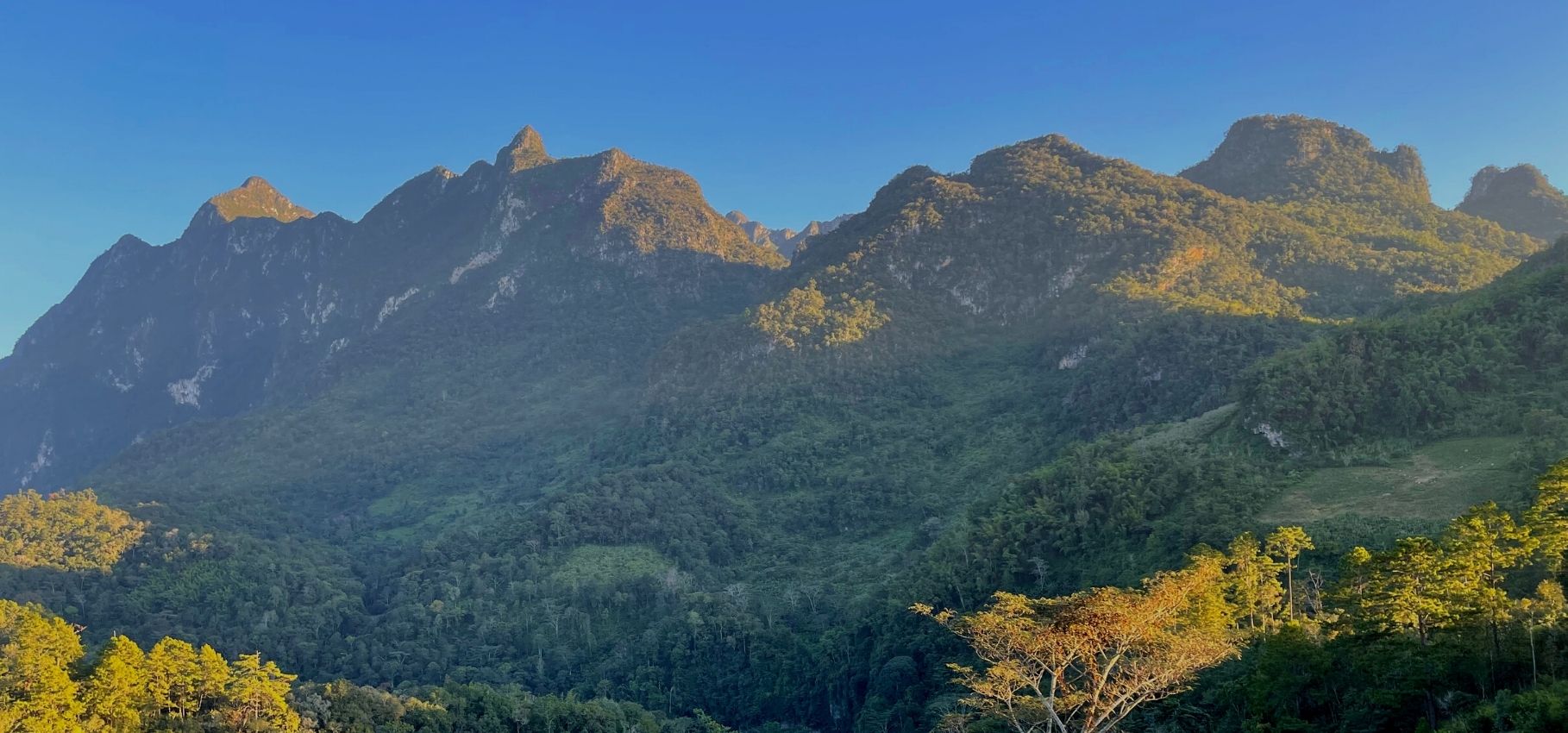
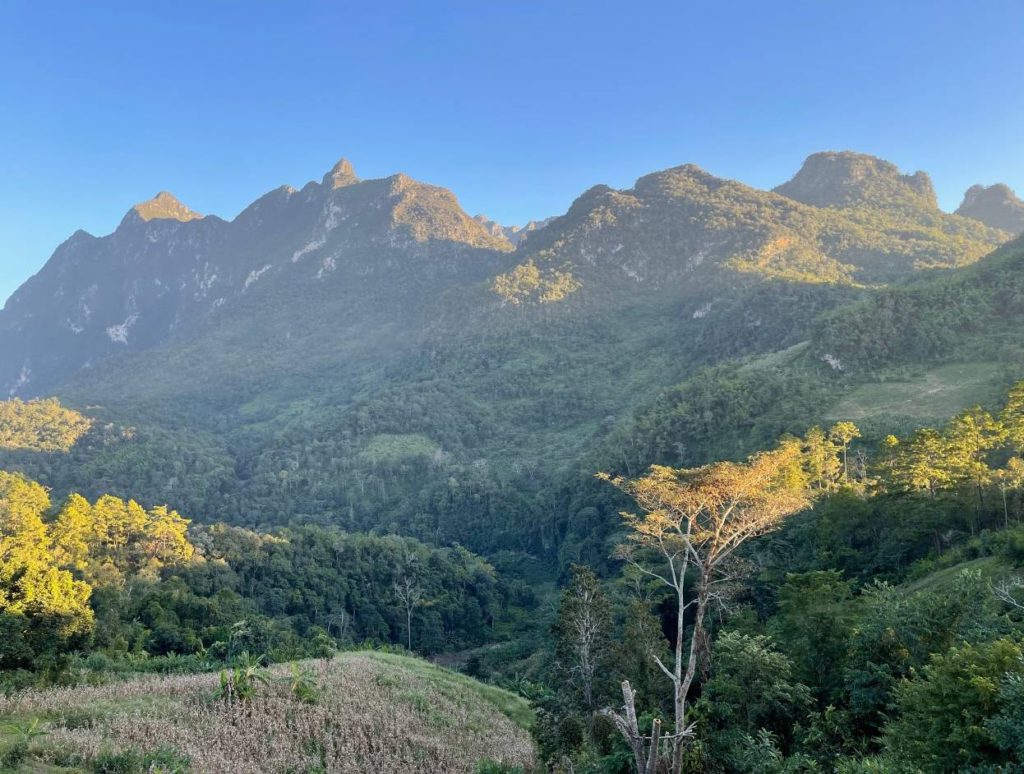
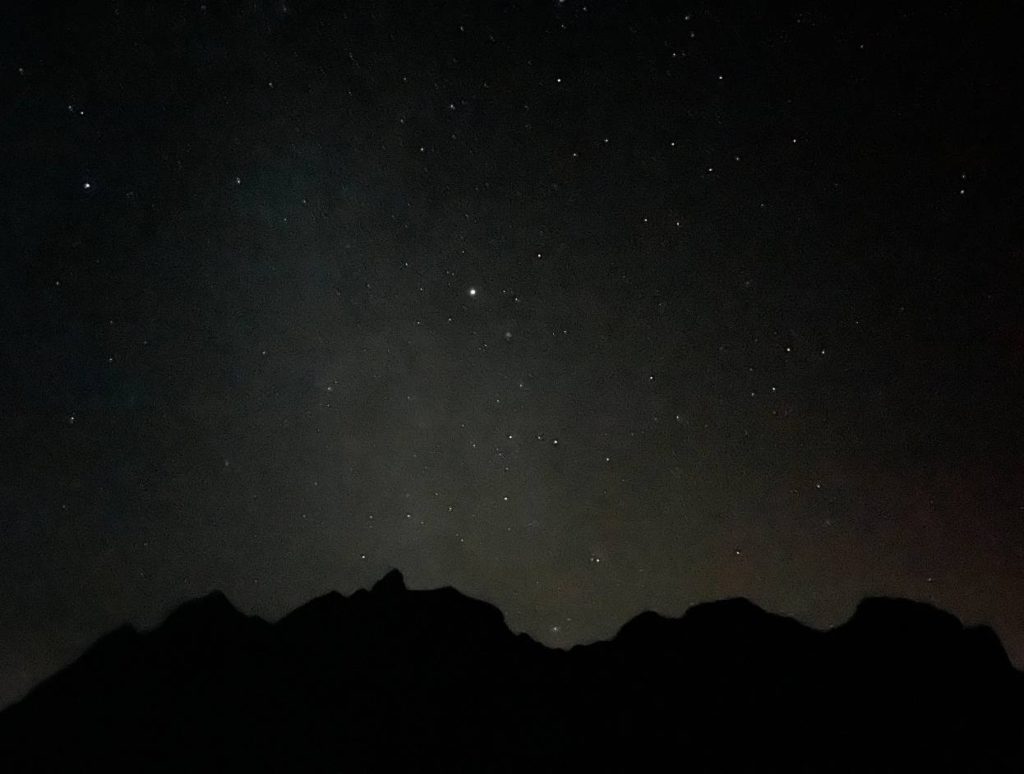
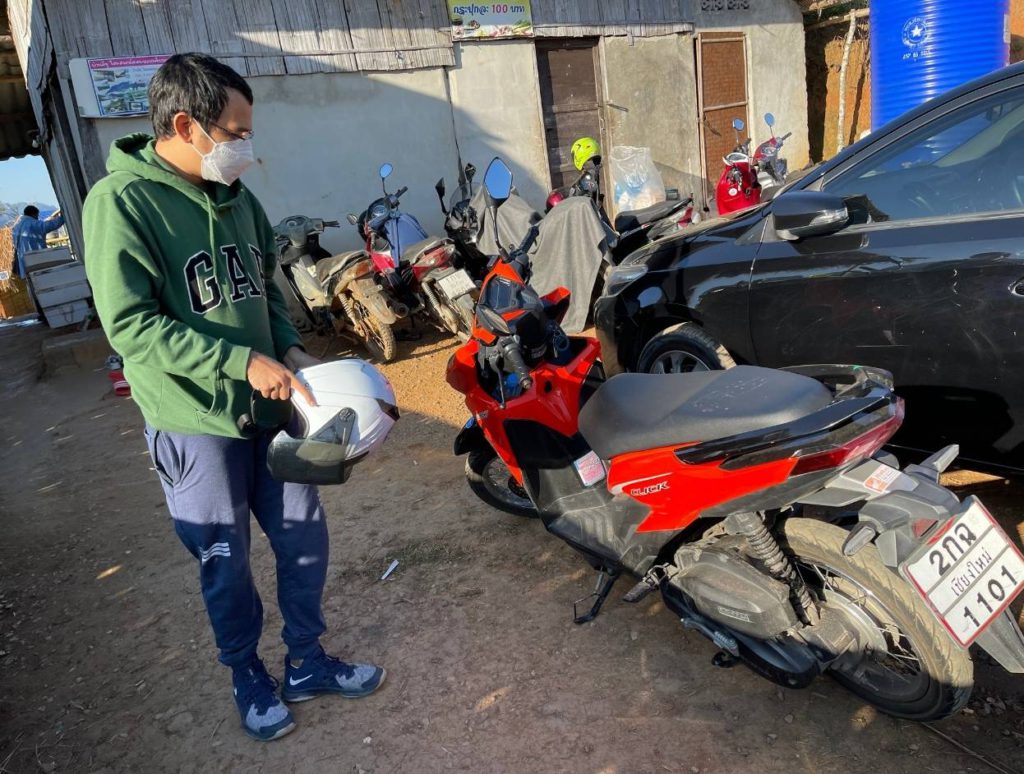
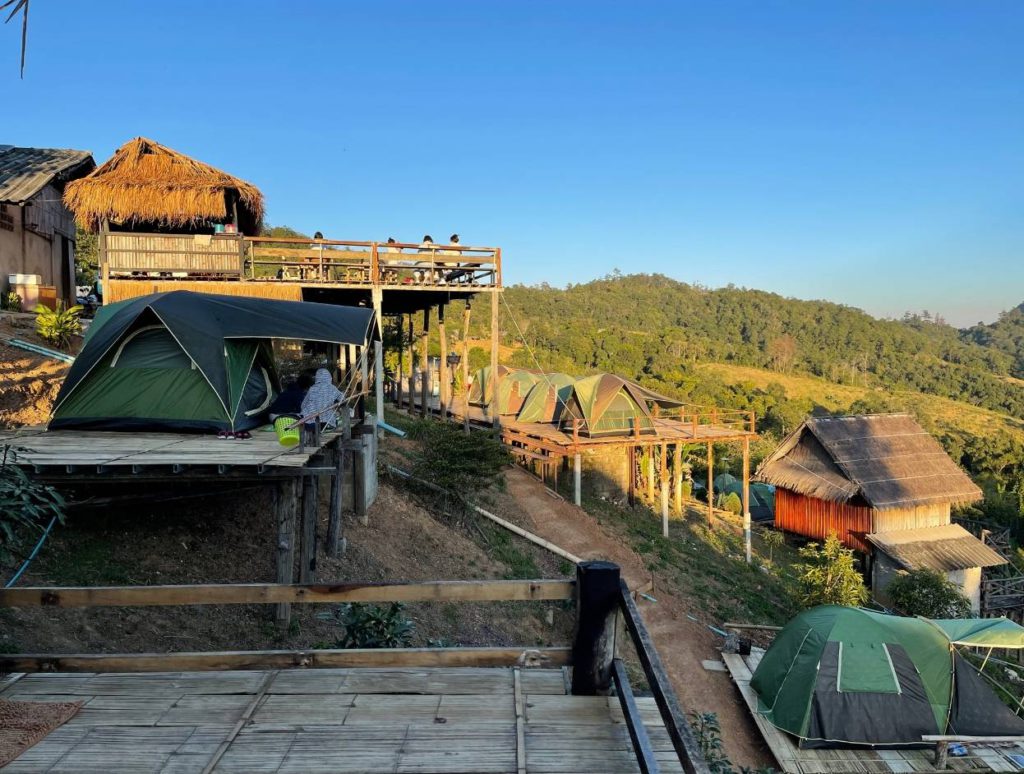
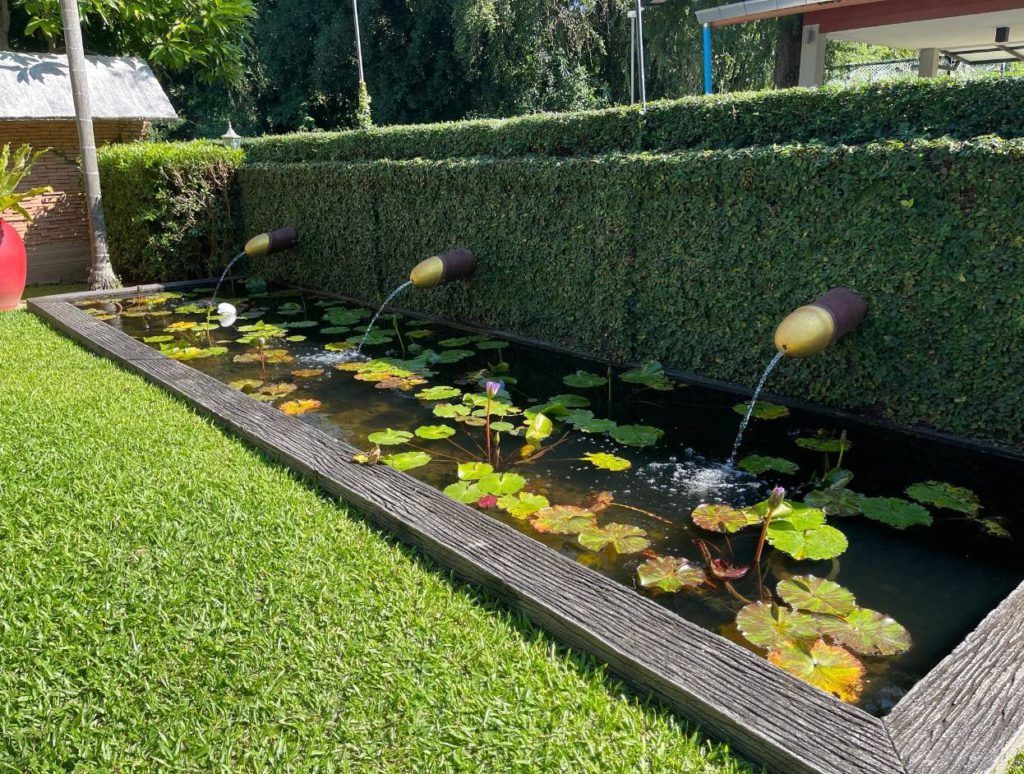
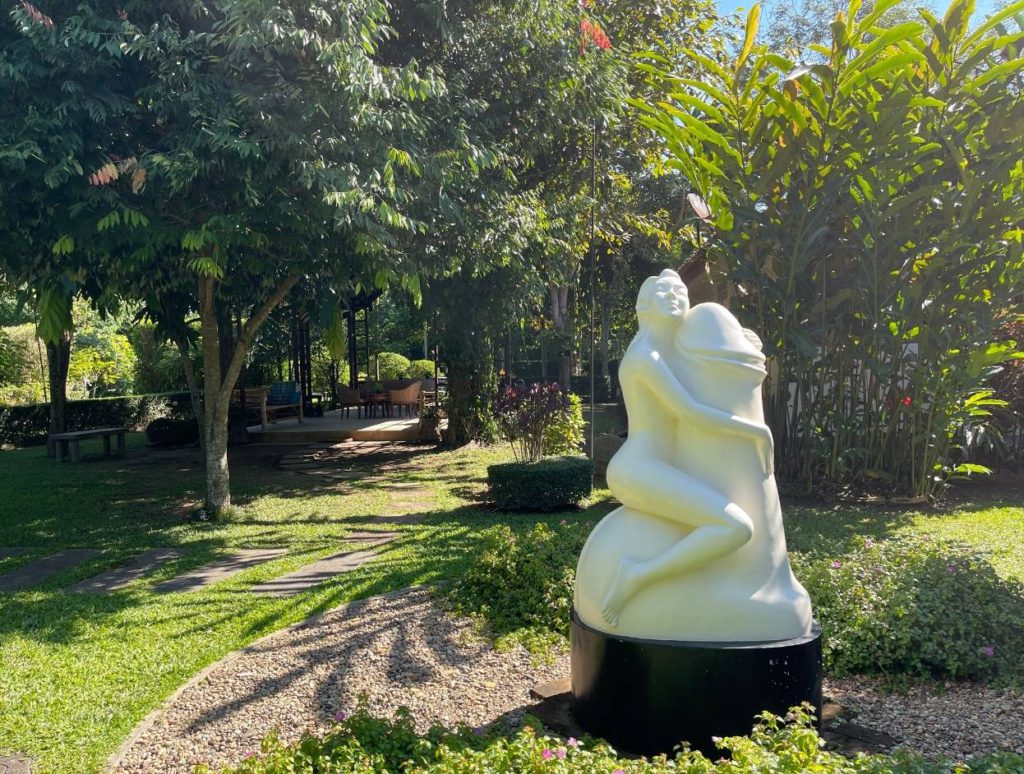
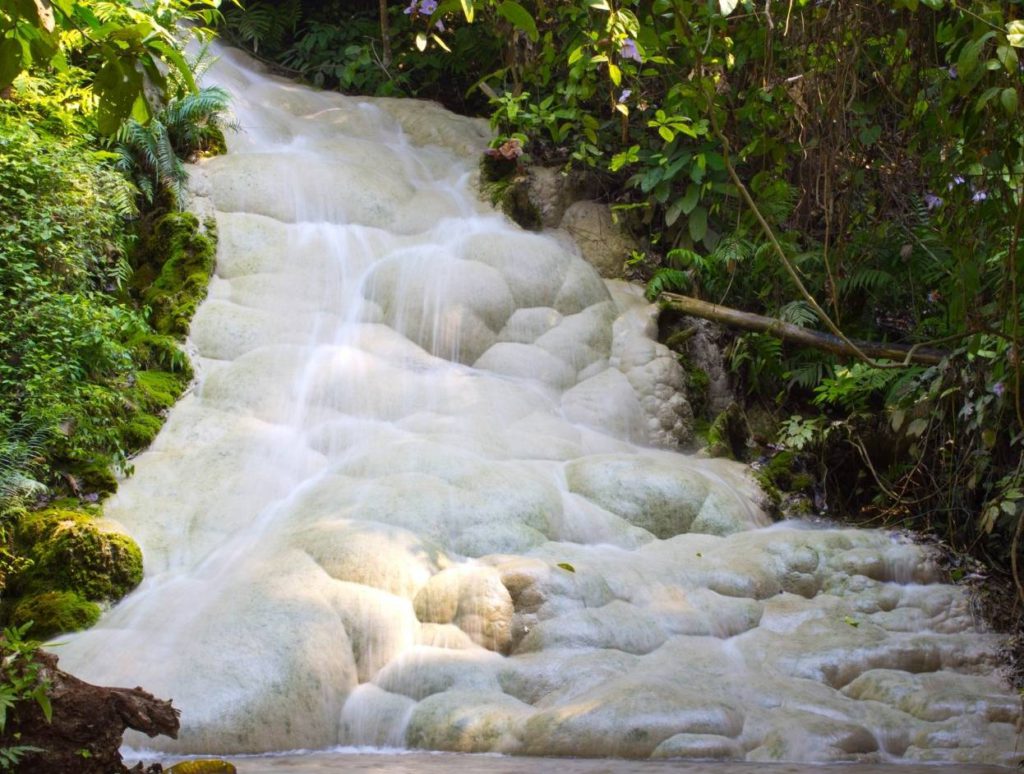
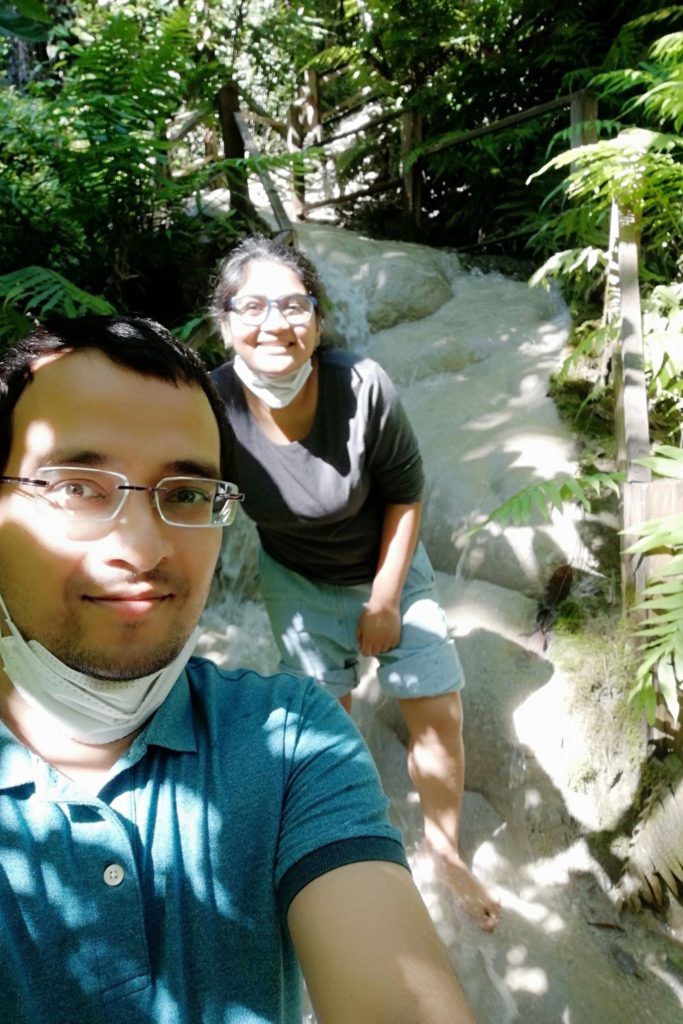
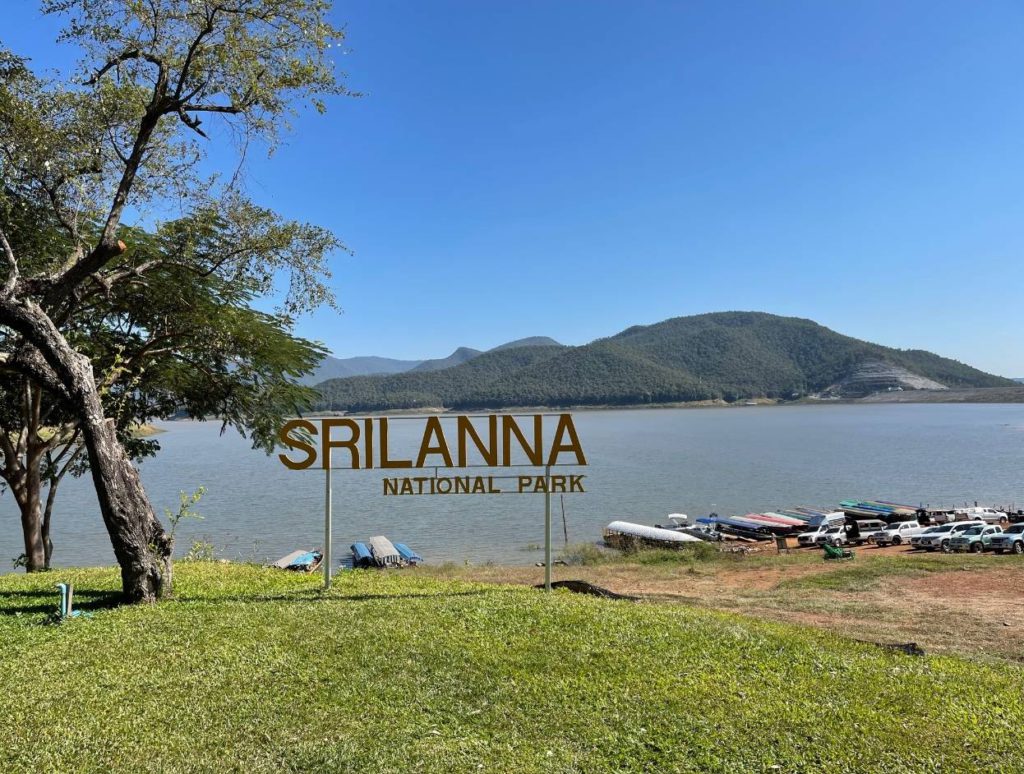
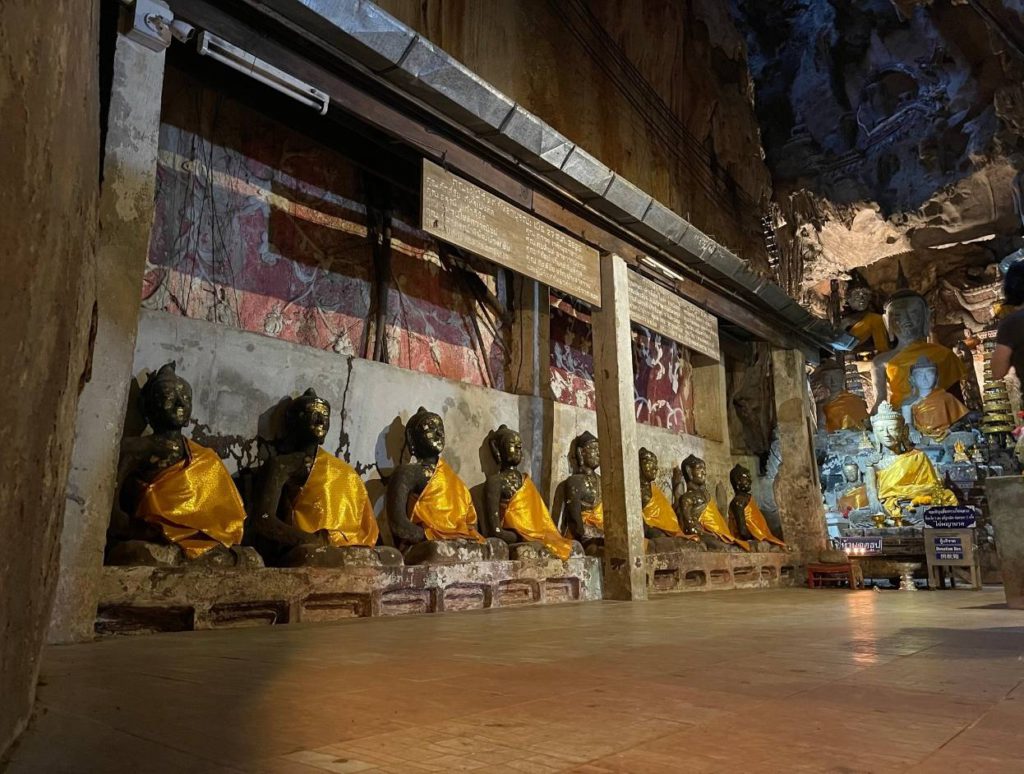
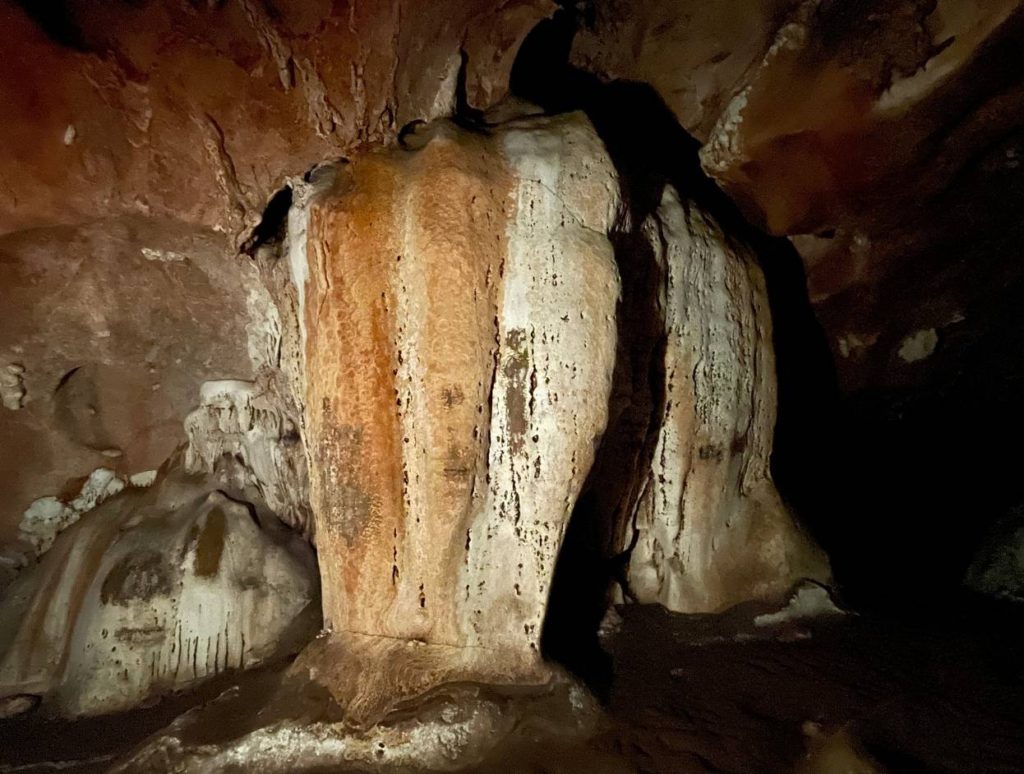
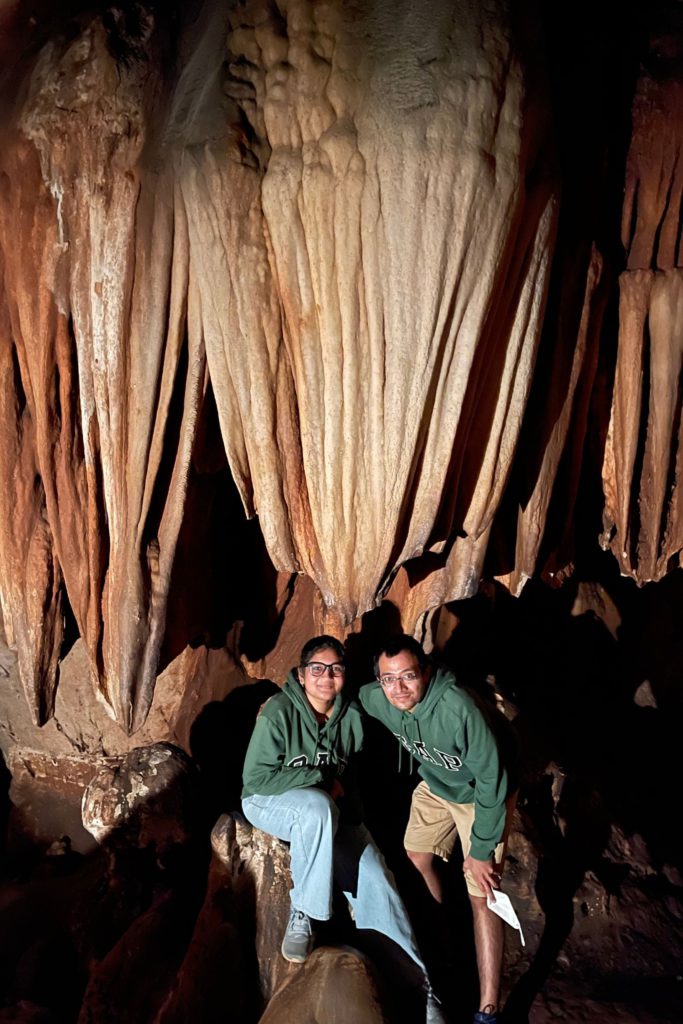
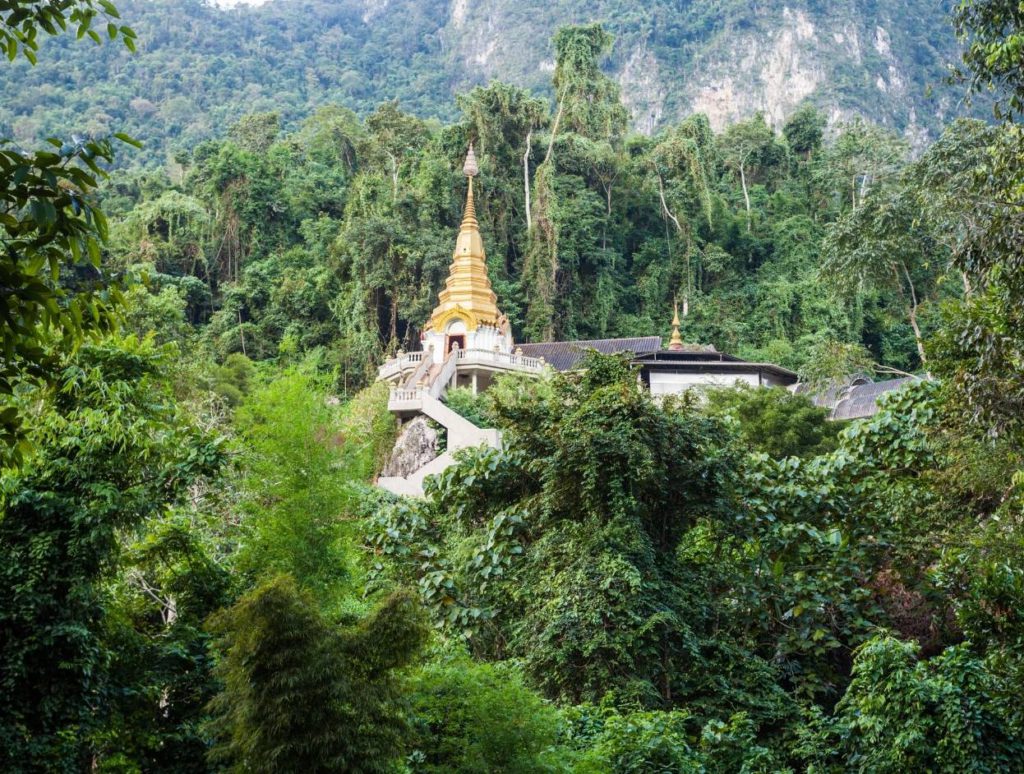
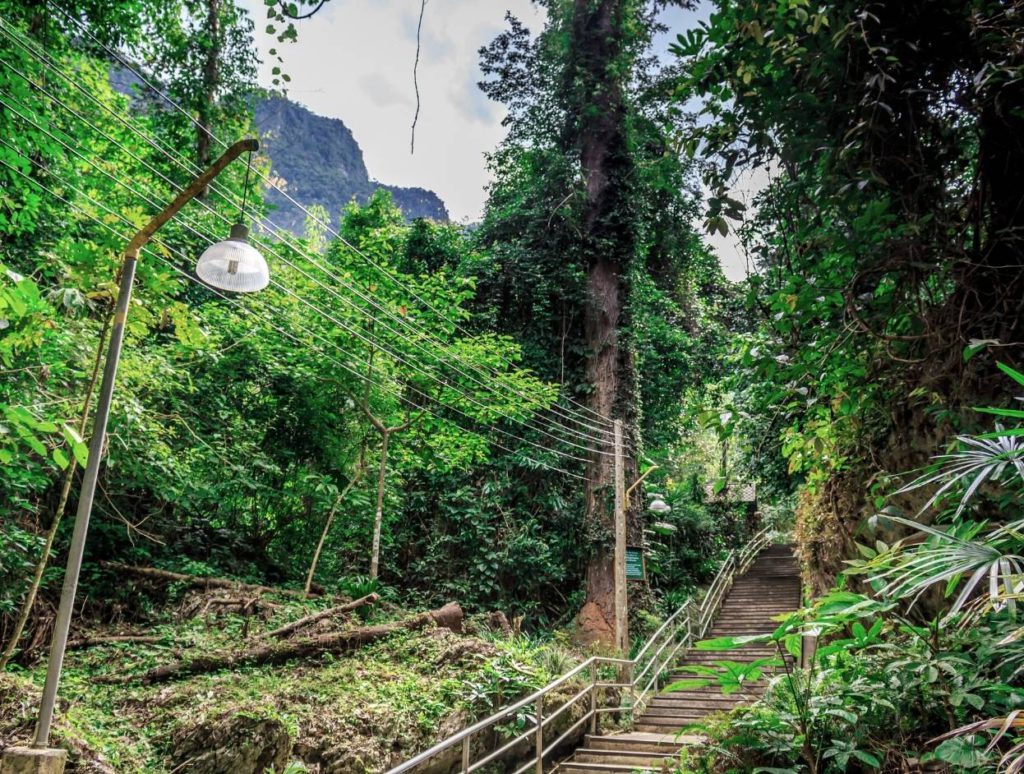
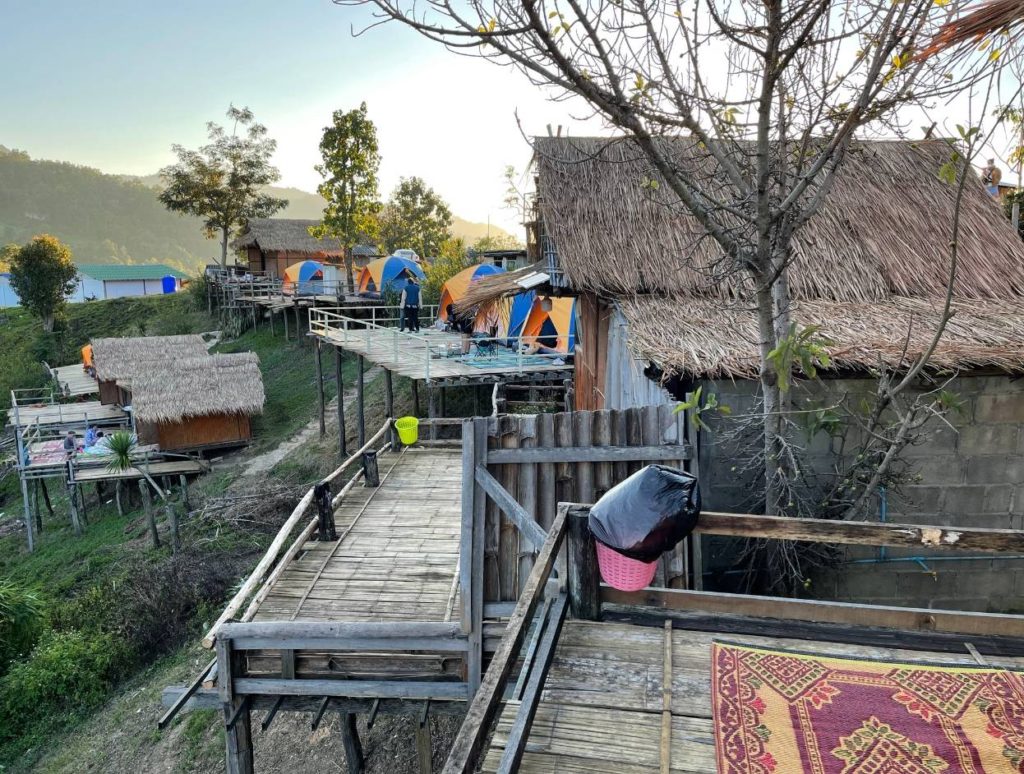
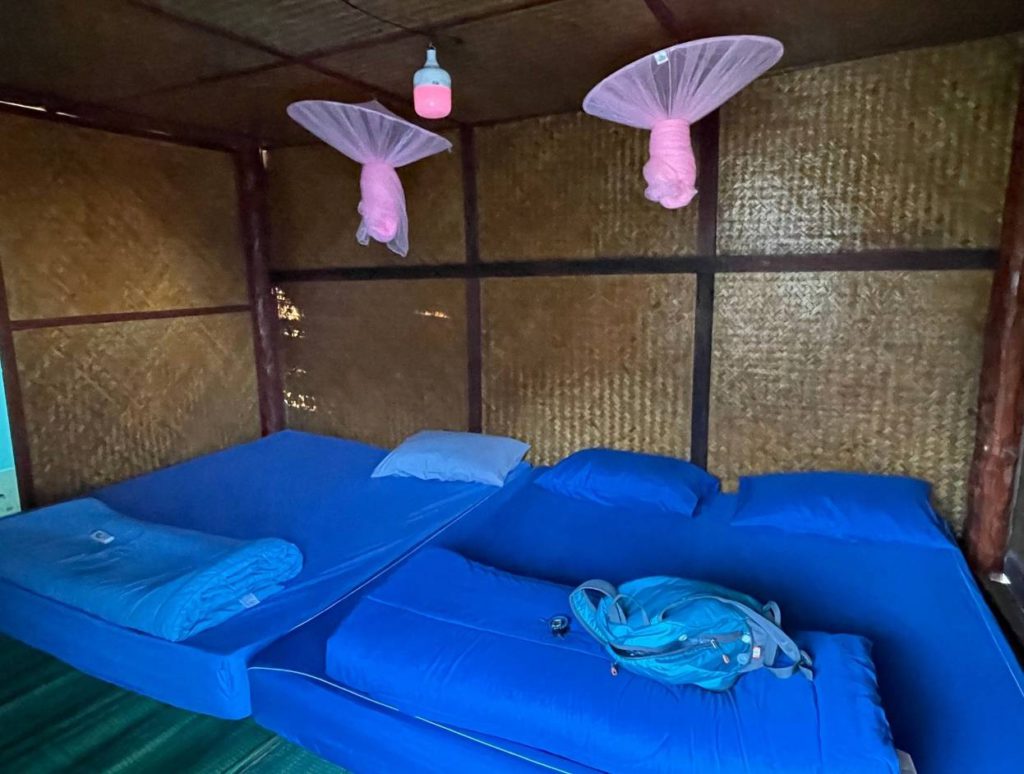
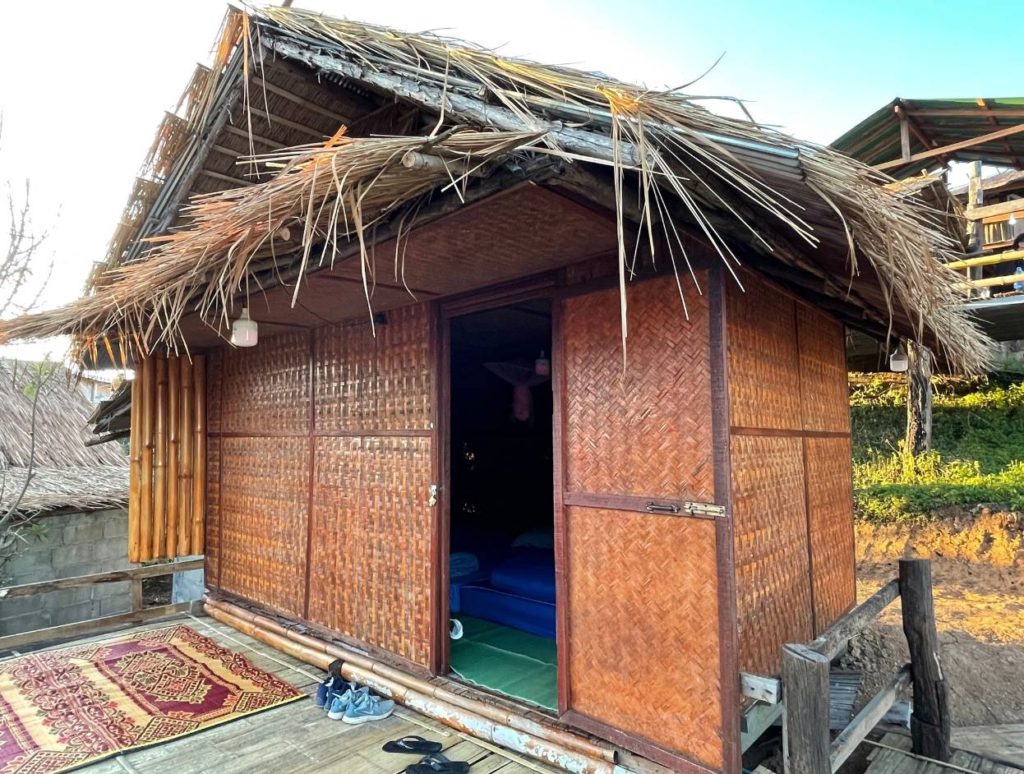
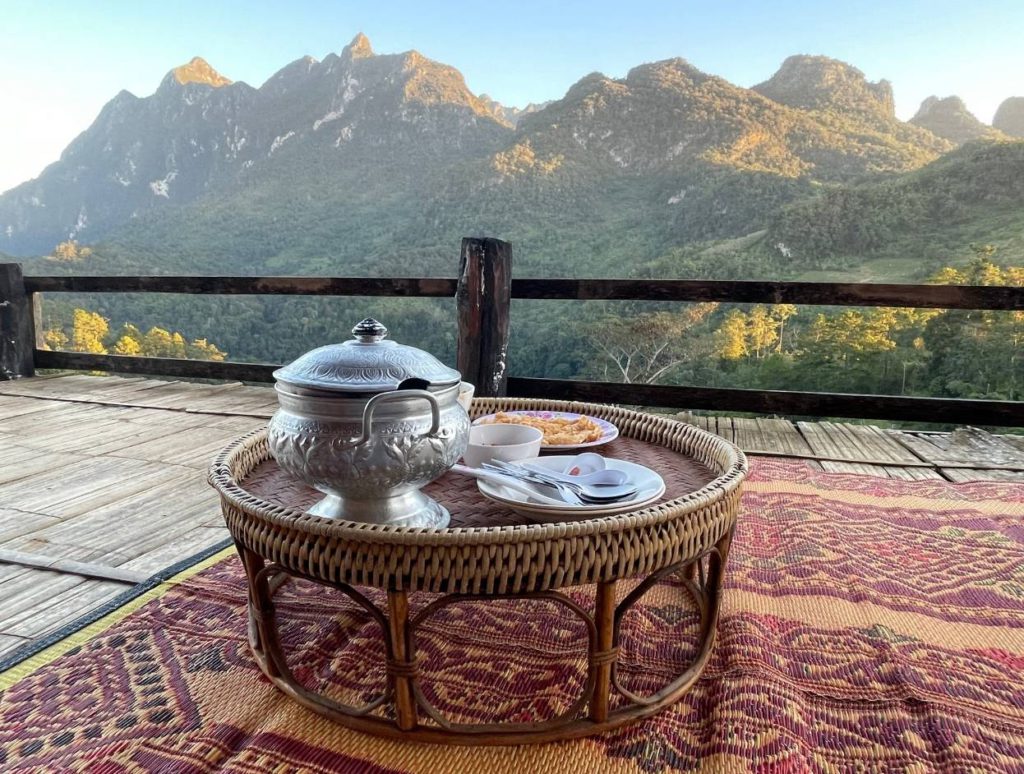
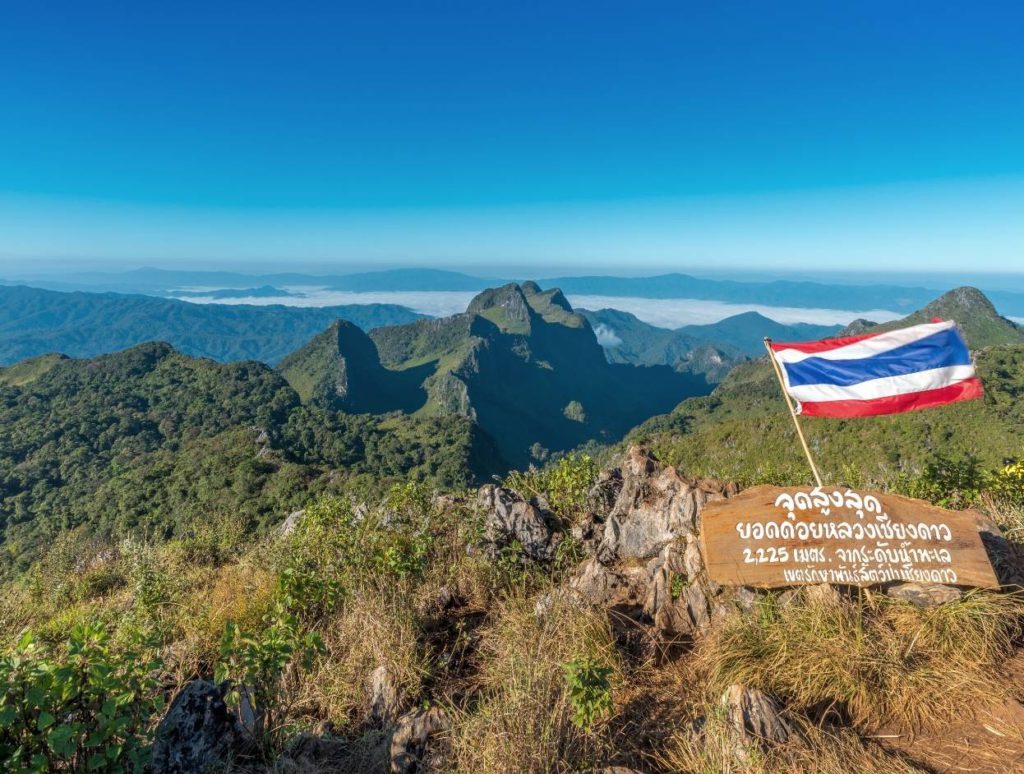
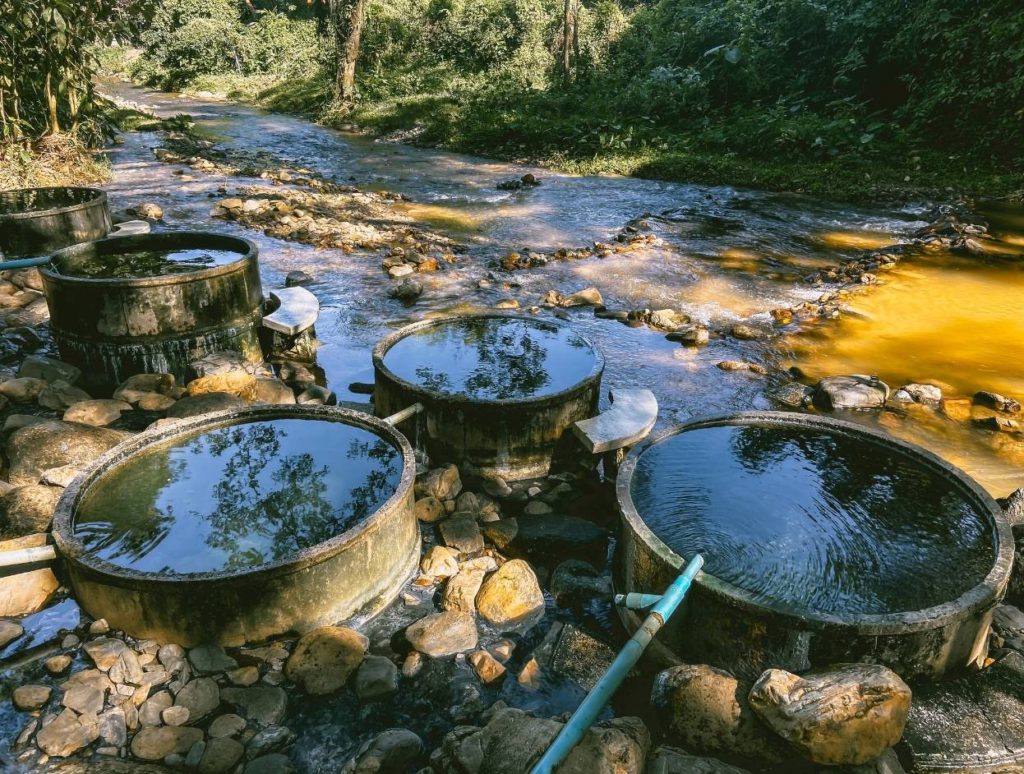
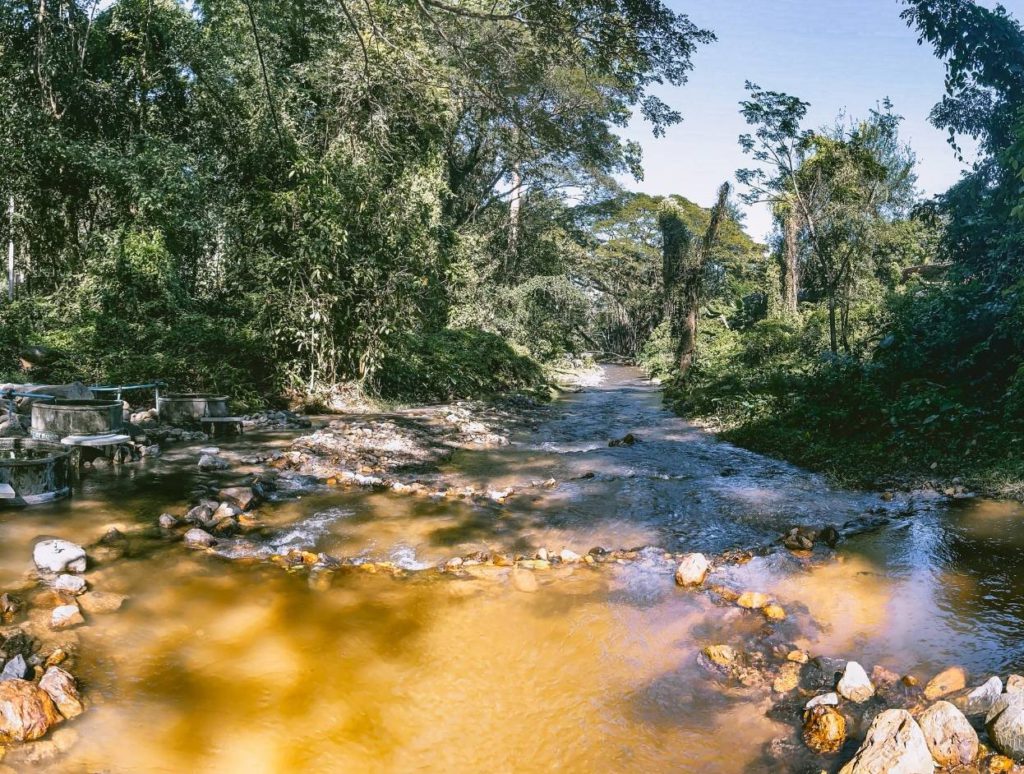
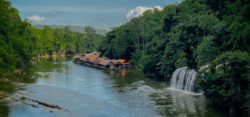
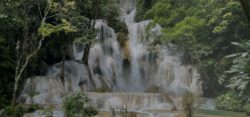
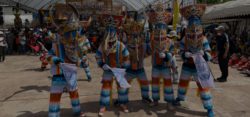
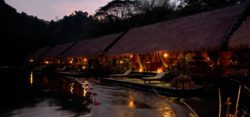
No Comments